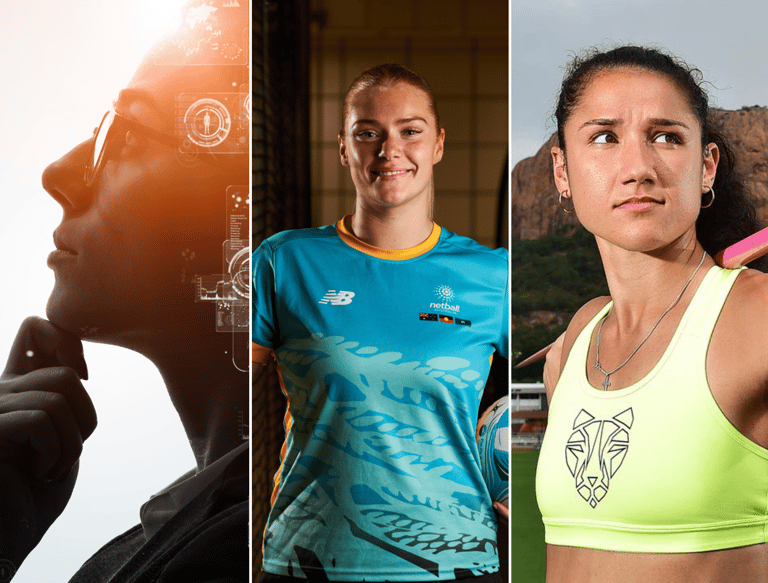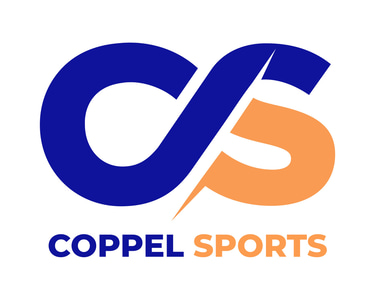Athletes: The AI Silver Bullet
AI is here, but athletes provide a unique value proposition to marketing teams protecting brand strategy
4/3/20253 min read


Inspired by a conversation I had this week around brands on social media on April Fool’s Day (yes, including mine), I was inspired to write about Sport and AI, but particularly in marketing.
AI is here. Its not coming anymore, its well and truly here, and unless there is a sudden, dramatic shift, its here to stay. To be honest, I am a fan of some of the use of AI - I think there is genuine benefit to those who can successfully leverage it to improve their work and their productivity, and overall make a positive impact.
But my goodness, it also could be the downfall of society. The amount of “AI slop” that is generated, and the amount of grift with people claiming that they have the magic AI tools or prompts to fuel millions in business, all with the touch of a button, and an investment in their course. (Spoiler alert, nothing that good comes that easy - that hasn’t changed in the AI world).
Last week was a big shift though. OpenAI released its GPT 4o Image Generator. OpenAI is all about democratisation of AI (and in theory, information), and image generation is the next phase of that.
Immediately, it was clear (as someone who is probably too online), that this was a game changer. Now anyone could set ChatGPT up with a prompt to create an image or a video, and post it online.
I’ve also seen people spruiking “AI-generated influencers” and “AI generated UGC (User Generated Content)”. Aside from the serious ethical concerns I have about that (breach of people’s privacy when their faces are used by GPT, the disclosure requirements around paid advertising if it’s a fake person, etc.), there is another problem with this.
All of it is bad. And not in the ethical sense (although that too). It’s low quality. People online (and on LinkedIn for months) have been complaining about “AI slop”, and image generation has lifted that exponentially. Images of people with extra limbs or extremities, or limbs facing the wrong way, text in images misspelled, lack of emotional connection or sharp images, and just general AI hallucinations have all been clear evidence of early issues with image generation.
While some organisations pivot to relying on AI for marketing, video and promotion, the best brands will lean into the things that make them successful - authenticity and connection with audience. And that’s where athletes are going to be a cheat code for the right marketing and branding operatives.
Athletes bring many things to the table, but two of the most common, consistent and reliable are authenticity and audience connection. The reason we love sport is that it is unpredictable, it’s raw, it’s imperfect, and most importantly, it makes us feel. Excitement, joy, despair, grief, frustration, elation, and so many other emotions.
Athletes bring these to the table every day, and just by their very nature. And the best businesses will understand that they can use athletes to maximise those talents, and the authenticity and audience connection in ways that AI fundamentally cannot.
And so, my parting thought for this week is for decision makers around brand strategy, marketing, and customer engagement: While investing in AI may be the cheap and fast way to create content, quantity is no match for quality, and the investment in athlete ambassadors will build a foundation of trust that you can continue to build on.
*All of this is not to say that I am not an AI believer - I use it heavily, just not to replicate the stuff that a human does better. Marketing falls into that category - as does being a sports agent.
But this is where the smart brands, and the best brands will be able to capitalise.
SUBSCRIBE
Get these insights every week, straight to your inbox
About - Coppel Sports
ABN 89 351 198 453
Bondi NSW
Contact
dan@coppelsports.com.au
+61 439 263 221
Policies


